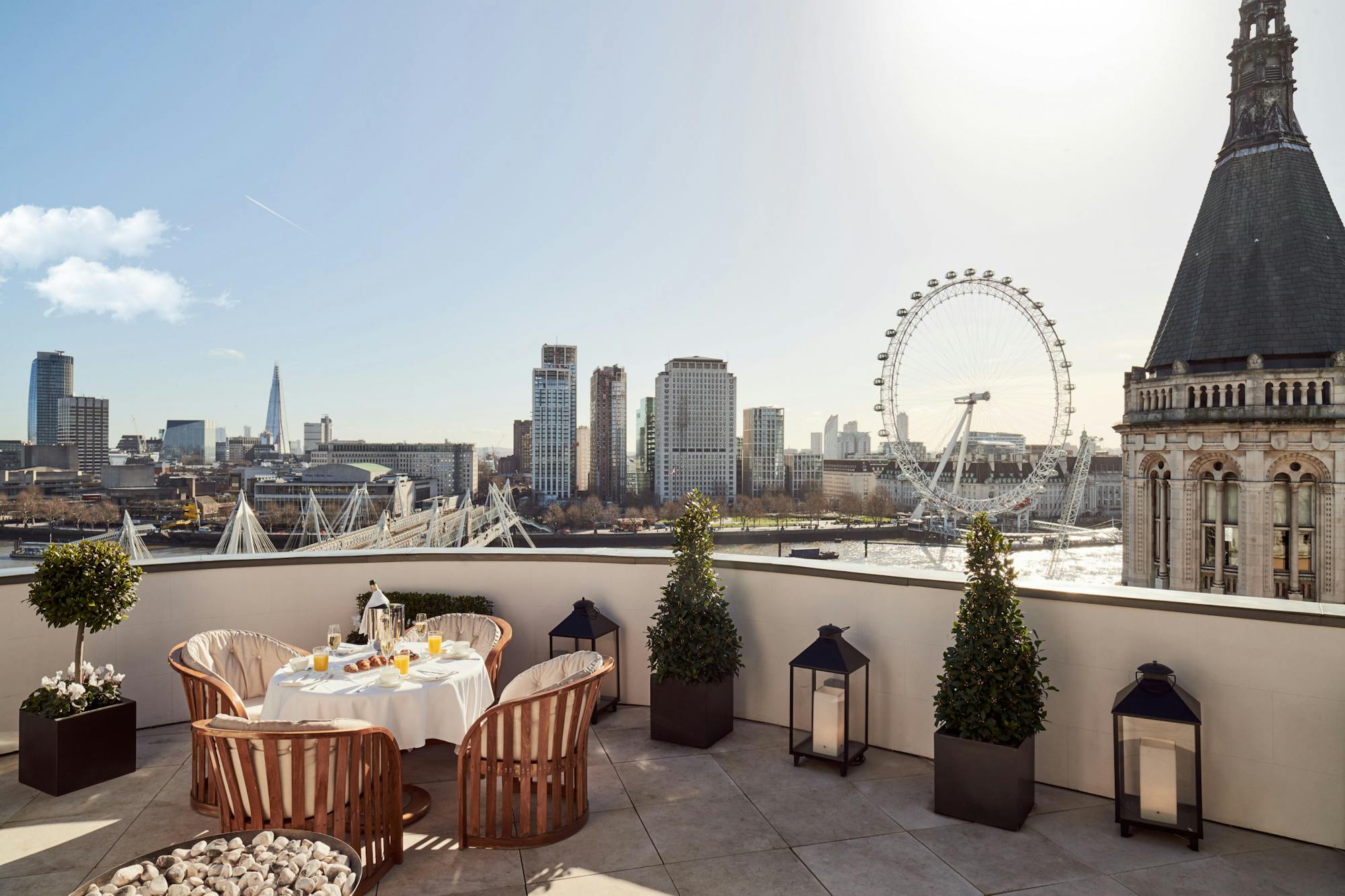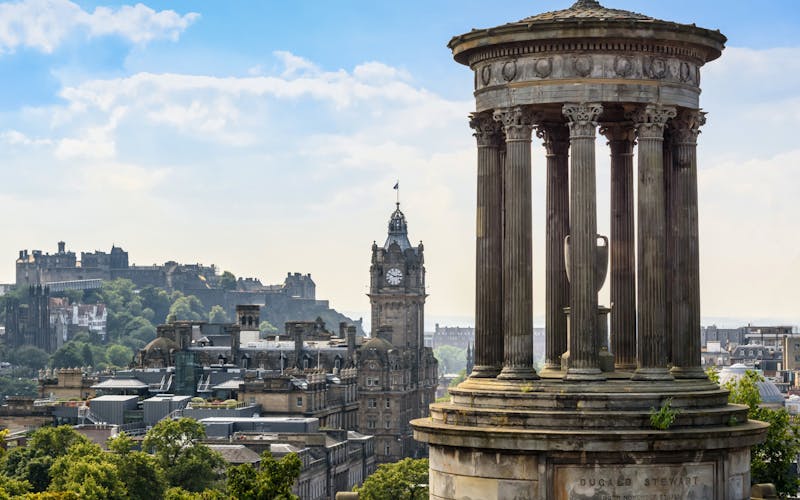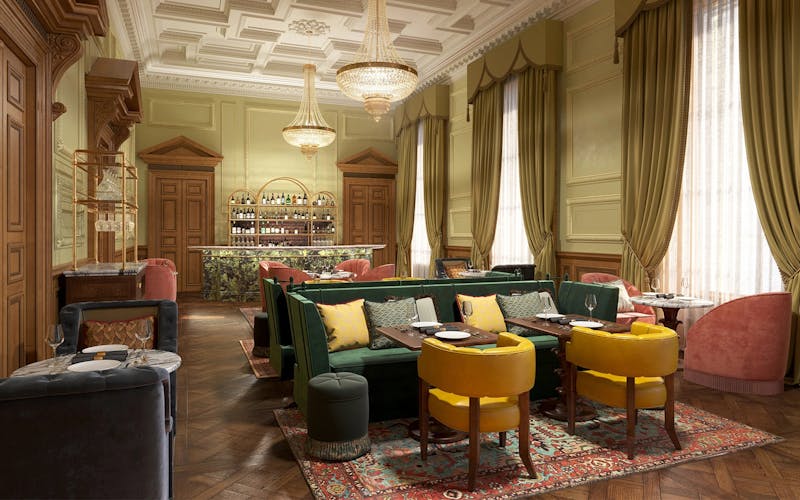
The high-end visitor is represented by a limited number of people worldwide with an elevated spending power whose international travel and associated spend is beneficial for economies and multiple industry segments. In 2019, 30,000 people worldwide had a net worth of over $500k – a number which has grown by 5% annually in the next 5 – 7 years. The United States and China are the main countries of residence – in 2019 50% of the world’s affluent came from the USA and 13% from China. When looking at the Ultra High Net Worth Individuals, the USA represents 32% while China is 10%.
When referring to high-end tourists (as opposed to mass market tourists) they are defined by their accommodation choices staying in 5 star or higher hotels or in equivalent non-hotel accommodation.
Read the report by clicking the link at the bottom of this article.
The top countries for high-end tourists to visit are Italy, France, UK, Spain, Switzerland, Japan, Australia/New Zealand, Indonesia, China, South East Asia and USA, with Italy being seen as the “most beautiful country” and France being the country which embodies the concept of “luxury”. When looking at European cities the top luxury holiday destinations are Paris (51%), London (43%) and Milan (33%). While growing in number this important segment has also been changing with a shift towards and awareness of sustainability, mindfulness and a consciousness of their travel decisions with natural destinations growing in appeal.
High-end visitor preferences for destinations vary according to their nationality and generation. In general, Americans and Europeans place a higher value on the quality and uniqueness of the destination and availability of luxe accommodations. Visitors from the GCC are drawn to a destination by the high-end shopping experience it offers and nearby luxury accommodation.
Chinese travellers are more attracted by the trendiness of the location and the possibility of personalised experiences preferring to rent villas or boutique hotels for shorter stays, whereas other nationalities favour 5-star hotels. European and Americans travellers are most likely to opt for coastal destinations, while Chinese and other nationalities show preferences for art cities. This gap is also reflected across generations, with Gen Z preferring mega-cities and art cities while older visitors favour coastal destinations.
Generationally older visitors choose their destination mainly looking at the quality and uniqueness of the place and younger generations are more influenced by the choices of their peers and what they see on social media (26% of millennials and Gen Z choose their location based on the advice of influencers/ celebrities).
For US travellers, proximity plays a key role in destinations to visit - Mexico and Canada were preferred destinations, representing 50% of total outbound tourism 2019. They are followed by European countries, such as France, Italy and UK and also Caribbean Islands.
Chinese tourists also value proximity as the average Chinese citizen favours travel to the Asian region, in countries such as Thailand, Japan, and South Korea. Among European destinations, in 2019 Italy was the top country for arrivals of Chinese tourists. Among affluent Chinese, long-haul travel is more common, but Japan was still was the top tourist destination in 2019 with France, Switzerland, and the United States in the top five. When looking at criteria for choosing a destination, the variety of places ranked #1, followed by ease of getting a visa #2 and luxury shopping opportunities #3.






